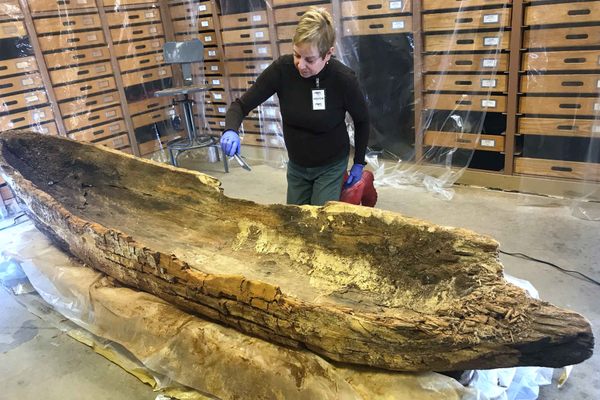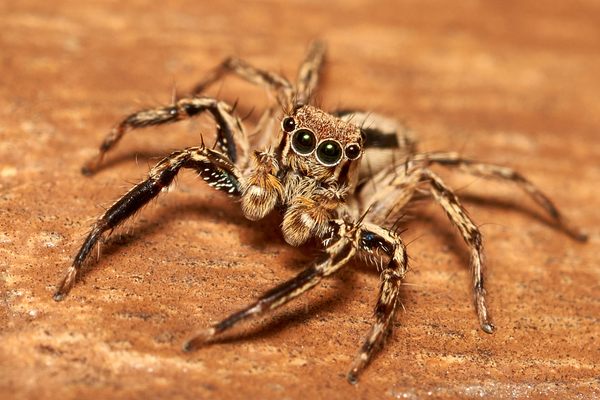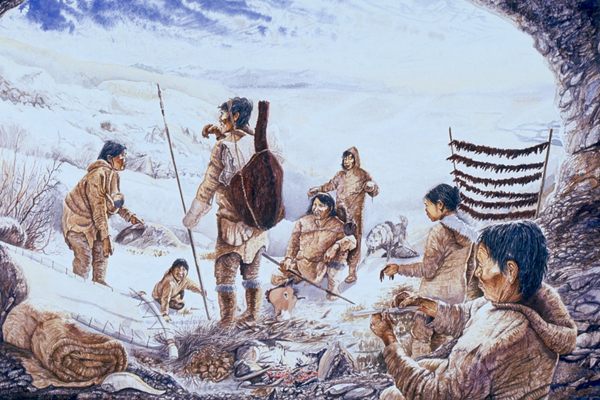The Mystery of the 2,000-Year-Old Iron Beads
First they came from space, and then went 450 miles more.

The mystery of the origin of 22 iron beads discovered in an earthen mound in 1945 has been solved. The adornments were found among more than 1,000 shell and pearl beads just south of Havana, Illinois, when the Illinois State Museum excavated a group of Native American mounds dating to around 2,000 years ago. The Hopewell culture that made the mounds didn’t have metallurgy, and analysis soon revealed that the beads’ structure is characteristic of iron that cools in the core of an asteroid. They clearly come from a meteorite, but there are just three known iron meteorites in North America, and none match the exact chemical composition in the beads. The Hopewells’ source, it was thought, is either exhausted or undiscovered.
A piece of one of those three meteorites, the Anoka meteorite, was first discovered in 1961, next to the Mississippi River in what is now Anoka, Minnesota. Its surface didn’t show evidence of people trying to remove bits and pieces of it, and its chemical makeup was just different enough from the beads to convince scientists it wasn’t the source. Another chunk of the Anoka turned up in 1983. A new analysis of that piece, which was found just across the river from the original, showed the researchers, from the National Museum of Natural History in Washington, D.C., the same internal structure observed in the Havana Hopewell beads. Mass spectroscopy then confirmed that the two pieces of iron have the same chemical composition as well. One mystery might have been solved, but another popped right back in its place.

The beads were found more than 450 miles away from the site of the meteorite impact. So how did the iron wind up in Illinois? For one, the Hopewells in the Havana region probably didn’t extract the iron from the meteorite themselves. They did, however, have trading connections with the Trempeleau Hopewells to the north. Researchers now think that the Trempeleau likely chipped off the raw material from the meteorite, and that the iron was then traded to the Havana area, where where the local Hopewell crafted it into beads. The chemical composition of these cosmic beads is helping to reveal cultural ties among the Hopewell—who ranged from Ontario to Mississippi.


















Follow us on Twitter to get the latest on the world's hidden wonders.
Like us on Facebook to get the latest on the world's hidden wonders.
Follow us on Twitter Like us on Facebook